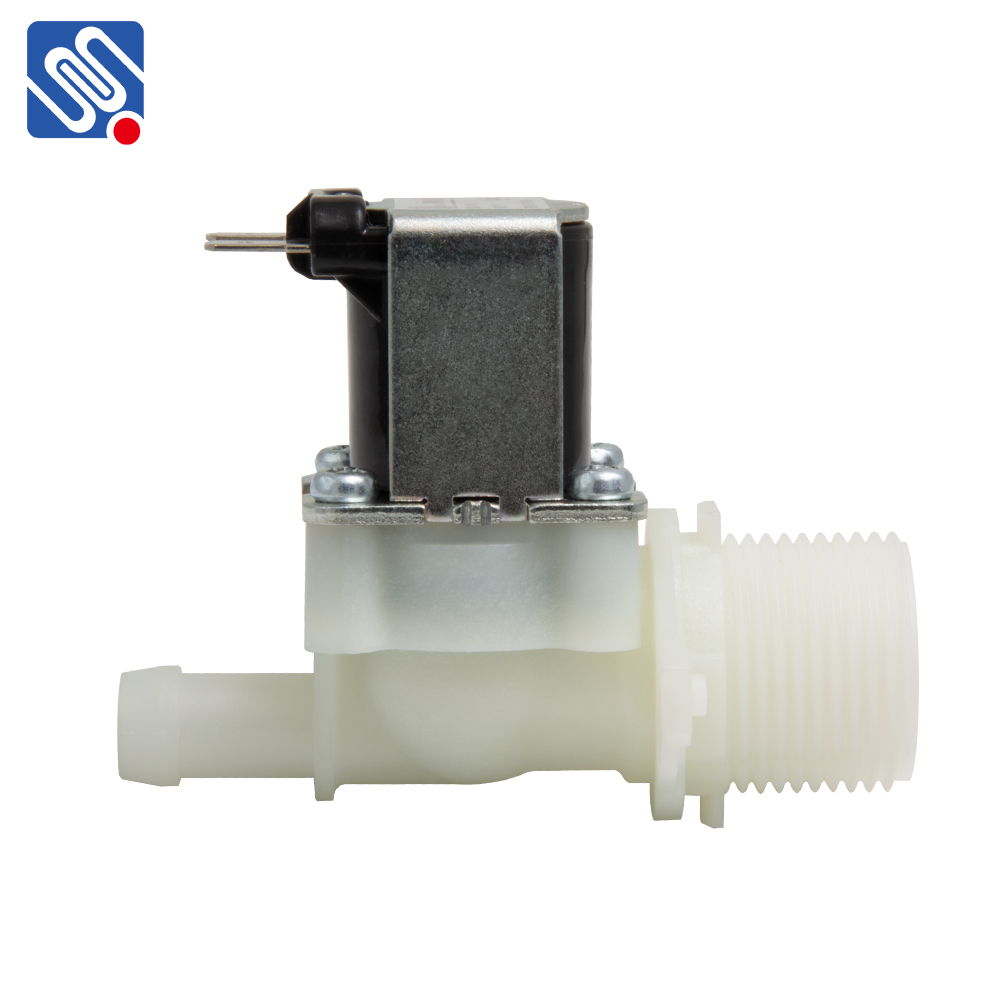understanding the water solenoid valve: its role and applications
Release time:2025-11-10 09:26:20
Water solenoid valves are essential components in fluid control systems, often found in a wide range of industries, from irrigation systems to industrial processes. These valves are designed to control the flow of water automatically, using an electrical signal to open or close the valve. This article delves into the working principle, types, applications, and benefits of water solenoid valves.

What is a Water Solenoid Valve?
A water solenoid valve is an electromechanical device that controls the flow of water through a pipeline. The valve is operated by a solenoid coil that, when energized, creates a magnetic field to move a plunger or piston inside the valve. This action opens or closes the valve, allowing or restricting the flow of water. Solenoid valves are widely used due to their efficiency, simplicity, and ability to provide precise control over fluid systems.
How Does a Water Solenoid Valve Work?
The basic working principle of a water solenoid valve revolves around electromagnetic force. The solenoid consists of a coil of wire through which an electric current passes. When the valve is powered on, the current flowing through the coil generates a magnetic field that pulls or pushes a plunger inside the valve, opening or closing the flow path. When the power is turned off, the plunger returns to its original position due to a spring or gravity, closing the valve.

